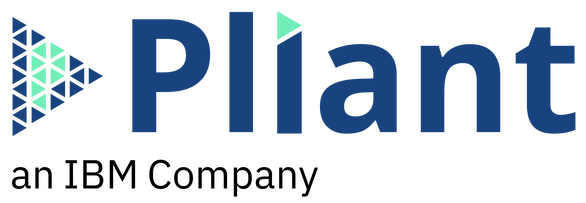As enterprises and service providers endeavor to build digital transformation initiatives to meet new revenue opportunities, they inevitably expand the catalog of technologies that their Operations teams must accommodate.
A world-class Operations culture – which teams Development, Security and IT Operations organizations – can help IT organizations keep pace with their digital transportation initiatives. The culture must ensure rapid product development with attention to the tight integration with service delivery and align with business objectives. It should drive several core values within the IT organization:
- Transparency and low friction across DevOps, SecOps and ITOps teams;
- The ability to better understand and respond to market changes and business needs;
- Consistent and reliable IT processes across the organization;
- Lower direct and indirect costs and increase operational efficiencies;
- Greater reliability and service levels;
- Scalable IT security and compliance.
Time to Market Challenges
Digital Transformation requires a new way of building out and leveraging technology. Writing code line by line, for example – including lines of code to help debug issues – takes time and knowledge and doesn’t lend itself to either agility or speed to market. Let’s look at three challenges facing IT organizations today that are addressed by emerging automation technologies.
- The Skills Gap. IT organizations are not able to locate and retain senior-level IT professionals who possess the skills needed to manage disparate tools across hybrid infrastructures and applications. DevOps, IT Ops, and SecOps commonly employ multiple different types of automation, such as built-in (native) schedulers, home-grown applications, workload automation, and custom, standalone scripts which all require a substantial amount of knowledge to deploy and keep secure.
Fortunately, platforms have emerged to address this skill requirement, offering the non-programmer the ability to quickly develop advanced automation workflows utilizing low code or no-code solutions. By basically writing the code for you these types of solutions drastically cut down on the time it takes Ops teams to develop a solution to address a business need.
- Orchestration. Modern infrastructures, such as wireless controllers or SD-WAN solutions, come with some level of orchestration built-in. This leads to a compounding issue where the organization ends up with many silos of technology-specific orchestration/automation platforms.
These siloed automation solutions can help the teams accomplish more with fewer resources, but they can also create a complex and cumbersome IT environment. This “automation sprawl” results in complex, fragmented environments that make it difficult to create workflows that span multiple technology domains across the organization.
Look for automation tools providers that integrate your orchestration and automation tools, allowing you to leverage high-value tools and processes. The proper automation tools can help you optimize the skilled personnel resources your organization has at its disposal. This drives down the “time to market” aspect of delivering services and products to your business.
- Service Delivery. IT services are now being delivered via applications made of small components and micro-services. These applications demand an accelerated deployment cycle with shorter increments between enhancements and more frequent delivery cycles. As the customer interaction gets more experiential, issues in service availability get more visibility and directly affect business outcomes.
To kick-start your DevOps, ITOps and SecOps efforts – and to ensure a high level of service availability to your customer that fulfills the delivery needs of the business – you need a comprehensive IT service assurance strategy. The strategy must enhance operational effectiveness, efficiency and reliability to accelerate the operations management lifecycle. It must empower organizations to achieve operational stability and structure by enabling them to identify and triage a rapid reaction to potential and real-time impacts to service delivery.
Streamlined Workflow Management
Service assurance platforms that have embedded assurance processes can provide optimization of change, incident and problem management workflows. They reduce the number of hand-offs and facilitate cross-functional efficiencies.
Automations can play a big role in reducing aspects of operations management by eliminating repeatable tasks. They can bring about other operational efficiencies, such as verifying and validating root causes before activating remediation. Coupled with knowledge bases and playbooks, automations can be used to provide remediation information and, in some cases, even execute them to improve reaction times.
Today, enterprises and service providers can embrace a single scalable platform for workflow automation and low-code operations and deployment. This gives them the ability to greatly reduce the overall number of automation tools and manage workloads across multiple systems and technology domains in the enterprise – accelerating the time required to achieve Digital Transformation outcomes.
